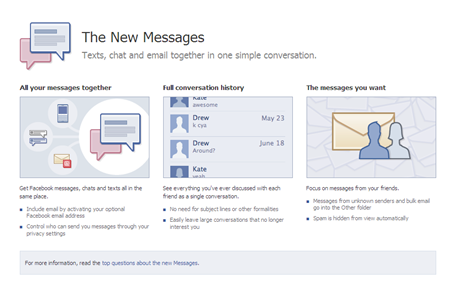eDiscovery Trends: Predictive Coding Strategy and Survey Results

Yesterday, we introduced the Virtual LegalTech online educational session Frontiers of E-Discovery: What Lawyers Need to Know About “Predictive Coding” and defined predictive coding while also noting the two “learning” methods that most predictive coding mechanisms use to predict document classifications. To get background information regarding the session, including information about the speakers (Jason Baron, Maura Grossman and Bennett Borden), click here.
The session also focused on strategies for using predictive coding and results of the TREC 2010 Legal Track Learning Task on the effectiveness of “Predictive Coding” technologies. Strategies discussed by Bennett Borden include:
- Understanding the technology used by a particular provider: Not only will supervised and active learning mechanisms often yield different results, but there are differing technologies within each of these learning mechanisms.
- Understand the state of the law regarding predictive coding technology: So far, there is no case law available regarding use of this technology and, while it may eventually be the future of document review, that has yet to be established.
- Obtain buy-in by the requesting party to use predictive coding technology: It’s much easier when the requesting party has agreed to your proposed approach and that agreement is included in an order of the court which covers the approach and also includes a FRE 502 “clawback” agreement and order. To have a chance to obtain that buy-in and agreement, you’ll need a diligent approach that includes “tiering” of the collection by probable responsiveness and appropriate sampling of each tier level.
Maura Grossman then described TREC 2010 Legal Track Learning Task on the effectiveness of “Predictive Coding” technologies. The team took the EDRM Enron Version 2 Dataset of 1.3 million public domain files, deduped it down to 685,000+ unique files and 5.5 GB of uncompressed data. The team also identified eight different hypothetical eDiscovery requests for the test.
Participating predictive coding technologies were then given a “seed set” of roughly 1,000 documents that had previously been identified by TREC as responsive or non-responsive to each of the requests. Using this information, participants were required to rank the documents in the larger collection from most likely to least likely to be responsive, and estimate the likelihood of responsiveness as a probability for each document. The study ranked the participants on recall rate accuracy based on 30% of the collection retrieved (200,000 files) and also on the predicted recall to determine a prediction accuracy.
The results? Actual recall rates for all eight discovery requests ranged widely among the tools from 85.1% actual recall down to 38.2% (on individual requests, the range was even wider – as much as 82% different between the high and the low). The prediction accuracy rates for the tools also ranged somewhat widely, from a high of 95% to a low of 42%.
Based on this study, it is clear that these technologies can differ significantly on how effective and efficient they are at correctly ranking and categorizing remaining documents in the collection based on the exemplar “seed set” of documents. So, it’s always important to conduct sampling of both machine coded and human coded documents for quality control in any project, with or without predictive coding (we sometimes forget that human coded documents can just as often be incorrectly coded!).
For more about the TREC 2010 Legal Track study, click here. As noted yesterday, you can also check out a replay of the session or download the slides for the presentation at the Virtual LegalTech site.
Full Disclosure: Trial Solutions provides predictive coding services using Hot Neuron LLC’s Clustify™, which categorizes documents by looking for similar documents in the exemplar set that satisfy a user-specified criteria, such as a minimum conceptual similarity or near-duplicate percentage.
So, what do you think? Have you used predictive coding on a case? Please share any comments you might have or if you’d like to know more about a particular topic.




